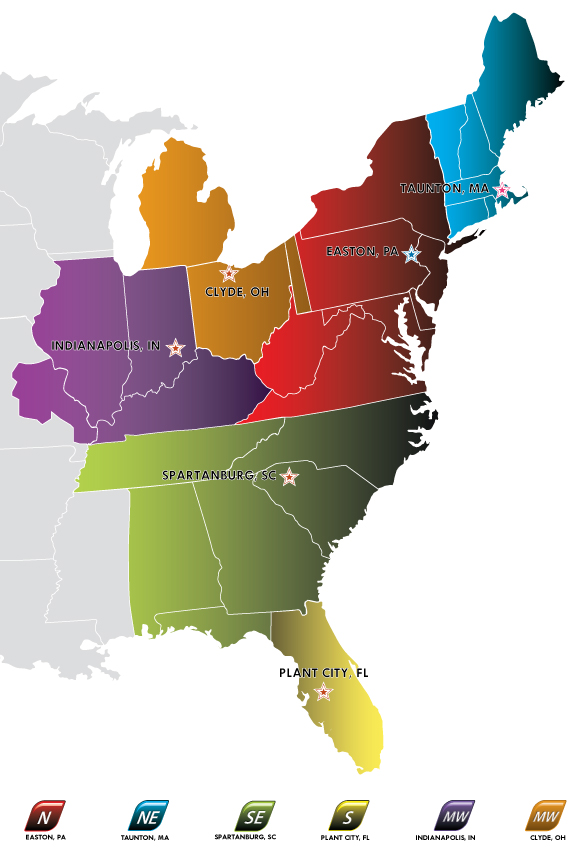Predictably, Petsmart’s stock is being driven down (about 7 percent as of 4:30 EST) in after-hours trading.
This, despite a strong fourth quarter in which Petsmart saw overall sales grow 15 percent to $1.88 billion and net income rose 31 percent to $134 million. Granted, Petsmart’s fourth quarter and 2012 fiscal year included an extra week, so the revenue climb isn’t as robust as it seems –the extra week would account for about half the quarter’s sales growth and less than 2 percent of overall sales for the year. Petsmart reported the extra week added $126 million to sales, so without the extra week its fourth quarter sales would have grown 7 percent.
For 2013, Petsmart will be back to its 52-week fiscal year—one less week to try to grow sales.
During the year, it plans to open 45 to 50 net new stores in its 12,000- and 18,000-square-foot formats and also test 12 micro stores ranging from 6,000 to 7,500 square feet, according to CFO Chip Molloy. The “micro stores” are slated to open during the first half of the year and are expected to offer a broad assortment of products and grooming, training and pet adoption services.
The company reported strong sales growth in merchandise categories: consumables, hard goods and live goods. It plans to strengthen its growth in the natural/superpremium category by adjusting space allocations to increase available space for Blue Buffalo and Petsmart's proprietary Simply Nourish line, according to David Lenhardt, president and COO (and future CEO in June, when current CEO and chair Bob Moran will relinquish the CEO duties).
 Also bolstering sales: the chain’s recent licensing deal with Disney for character-based pet apparel and toys, including Muppet characters such as Kermit the Frog. Also planned, a second quarter reset of its reptile department. Lenhardt says reptiles are the fastest-growing specialty segment for Petsmart.
Also bolstering sales: the chain’s recent licensing deal with Disney for character-based pet apparel and toys, including Muppet characters such as Kermit the Frog. Also planned, a second quarter reset of its reptile department. Lenhardt says reptiles are the fastest-growing specialty segment for Petsmart.For its fourth quarter, Petsmart posted comp store sales growth of 4.6 percent. Service sales grew 15 percent to $194 million.
For the year, Petsmart reported overall sales were up 11 percent to $6.8 billion, comp store sales grew 6.3 percent and services grew 10 percent to $740 million. The year’s overall sales more than doubled the APPA’s estimate for overall industry growth of 4.7 percent and services sales slightly outpaced the industry’s 9.7 percent clip.


